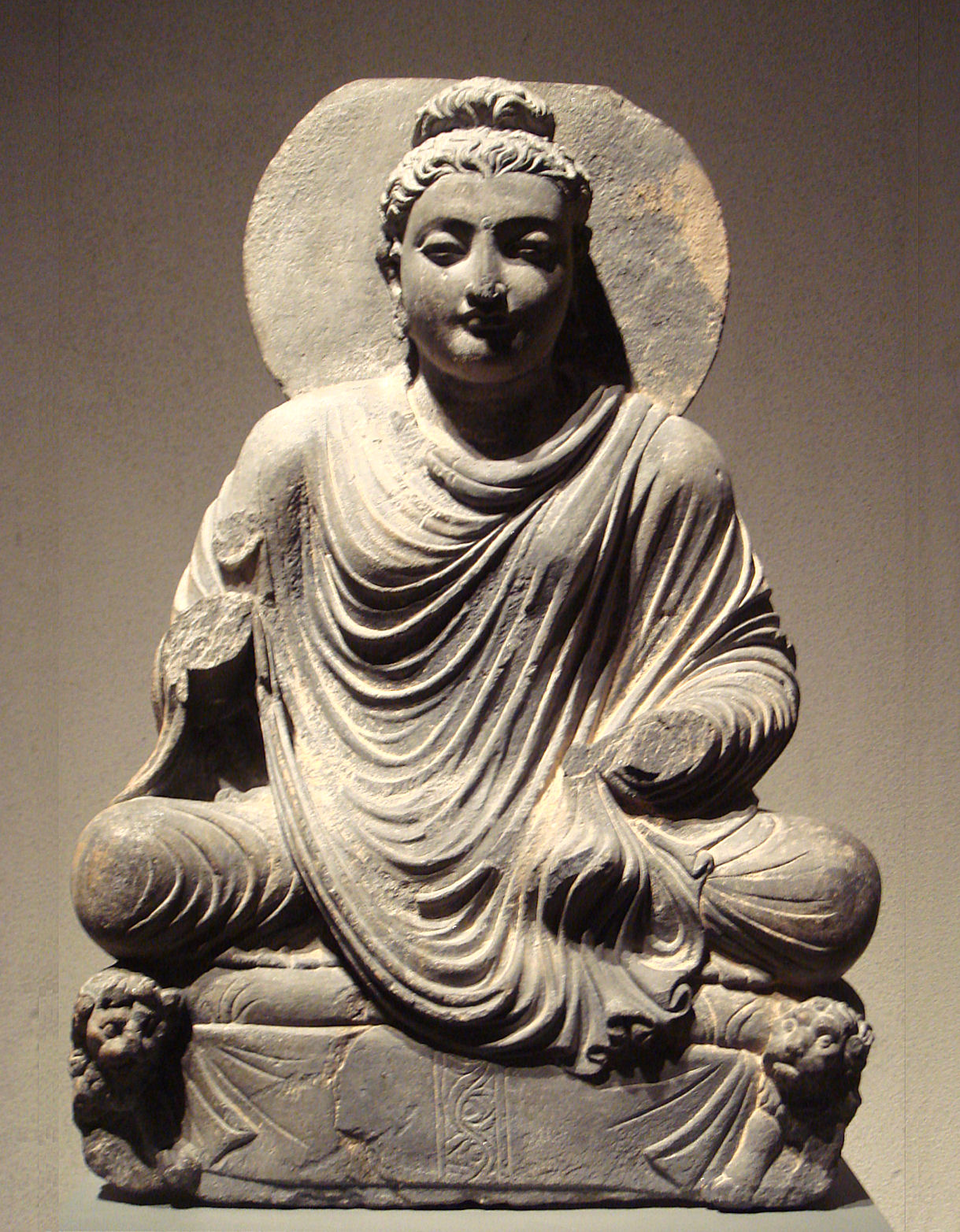Is your biggest challenge in meditation or mindfulness your inner dialogue? Do you become easily distracted by the noises around you? Then this article is for you!
The Importance of Being Present
Mindfulness is a Buddhist meditation technique involving attention to the present moment, acceptance to whatever the present is, and withholding judgment; to simply allow whatever presents in awareness to be as it is. This meditation technique gained a great deal of recognition in western medicine and mental health proving an extremely helpful tool for a whole host of conditions including chronic pain and depression. For a great introduction on how to practice mindfulness, check out Jon Kabat-Zinn’s demonstration here.
Perhaps even more crucial is the fact that adopting a mindful state of being is key to awakening or raising one’s consciousness. This powerful state encourages one to detach from one’s thoughts and become the awareness behind them. As Eckhart Tolle discusses in A New Earth: Awakening to Your Life’s Purpose, it is through a present-focused awareness or presence that we will cease to act unconsciously, or merely react. In fact, Tolle and many others advocating for a consciousness shift believe this will be the mode through which humanity saves itself from self-destructive behaviors at the root of many of the world’s problems.
A common misconception when one begins to cultivate Presence through mindfulness is that one should eliminate thinking or inner dialogue, and failure to do so is failing to eliminate the ego. What I want you to remember is that everyone is unique and will experience presence in their own way. Some of us have a strong ever-present stream of thoughts and there are reasons for this that I will discuss below. With a little shift in perspective, however, you can have your thoughts working for you on your journey into Presence.
Here are 3 tips on how to manage that inner chatterbox:
1. If you can’t stop yourself from thinking, you are not doing it wrong
You’ve heard the term “visual person” or “tactile learner” to describe individual differences in how we engage with the environment. People with strong auditory sensory preferences will often have an active inner dialogue. These are also the people who are less impulsive, more analytical, need to think about things before they make a choice and often have a need to collect or research information. How do you know if this is you? Ask yourself, do you tend to learn better when a concept is explained to you? Do you have an inherent need to understand? Do you tend to think things through before acting? If so, you could have a strong preference for your auditory senses; it’s natural for you to have a constant train of thought. Then why fight it? Instead of trying to shut it off and getting frustrated when it won’t, just try to put it to the side or background while you make awareness at the forefront of your attention.
2. Miss the train
Thoughts will come while practicing mindfulness, telling their stories, trying to engage us, but you don’t have to get on the thought train, so to speak. This may mean you have to abandon a thought in mid-sentence which may feel weird or awkward at first, but with the time you will learn to just let them go half-formed and unrealized. If you do find yourself on the train going to the past or thinking about what needs to be done, don’t sweat it. As soon as you realize you have been led down a thinking path you’re already out of it. You can gently redirect focus back on the breath and/or being in the now.
3. If sounds tend to distract you, change your perception
If you have an active inner dialogue you may find sounds very distracting. In fact, you may find it a challenge to practice presence during your daily routine or meditate while commuting to work since your mind is always poised to receive auditory input and appraise it. You may also relegate your mindfulness practice to times you can be in a quiet space with no distractions.
While there is something beautiful about cultivating presence in stillness and quiet, it is also absolutely possible to do so anytime, anywhere with a bit of practice and patience. To practice mindfulness in a crowd or meditate in a busy park, all you have to do is change how you appraise the sounds coming in. It may help to notice your reaction to sounds which is itself an act of presence. Try not to judge these noises or your reaction as good or bad, simply take note of them. You can also try to think of the sounds of people talking or cars driving by as just that, sounds -avoid assigning any meaning outside of that.
As someone who is naturally analytical, your thinking and mental abilities are a gift and are not something to fight against. As long as your goal is to be in the now and accept it, you are on the right track. I want to encourage you to accept your individual experience and embrace your journey into higher awareness as your own.
